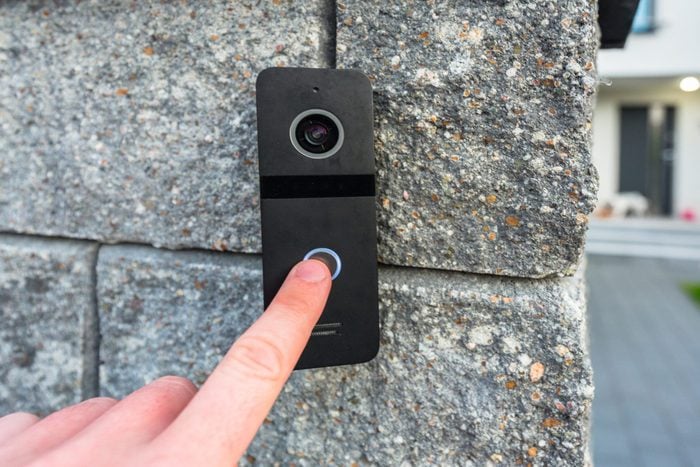
Drawbacks of doorbell cameras
Want a doorbell that doubles as a supersleuth? Well, look no further. Smart doorbell cameras combine your good ol’ doorbell with a built-in security camera system, and plenty of people swear they are among the best-kept home-security secrets on the market. After all, these little gizmos pack a big punch, thanks to their ability to catch mischievous thieves red-handed and provide daily doses of adorable neighborhood animals at the same time.
But before you eagerly hit the “Buy Now” button on that Ring doorbell, know that there are a lot of downsides to doorbell cameras that don’t get as much attention as the tech’s ability to stop porch pirates or capture heartwarming acts of kindness. Personally, I’ve thought about getting a doorbell camera to beef up my home security to prevent burglars and package thieves, but I always come back to the issue of privacy. Should we be concerned about the drawbacks of doorbell cameras, including the possibility of false alerts and their vulnerability to hackers?
To get to the bottom of it, I reached out to cybersecurity experts, who helped me understand what smart doorbell cameras are, the sneaky downsides we all should consider and clever solutions to address these challenges. Whether you’re already a proud doorbell camera owner or are contemplating hopping on the bandwagon, this comprehensive guide will ensure you keep your home (and your privacy!) safe and sound.
Get Reader’s Digest’s Read Up newsletter for more tech, humor, cleaning, travel and fun facts all week long.
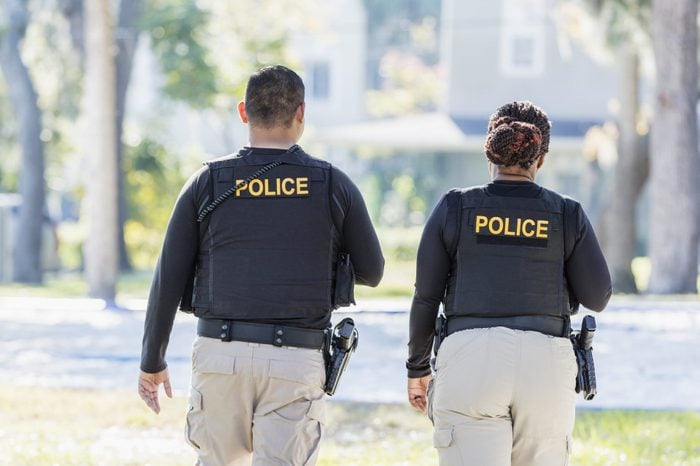
Law enforcement can gain access to data
With many neighborhoods dealing with an uptick in thefts from cars and homes, doorbell cameras can help police catch criminals in action. Sounds great, right? But there’s a catch: Companies could share the data and footage gathered from your camera with law enforcement without your permission.
Take Amazon’s Ring camera, for example. The company has partnered with more than 400 police forces in the United States and allowed them to access footage from users’ Ring doorbells, which is stored in the company’s cloud service—in some cases without users’ full consent.
And unfortunately, Amazon is not the only manufacturer that allows police to gain access to user materials. According to Consumer Reports, doorbell camera companies like Google, D-Link, SimpliSafe and TP-Link all have policies for sharing camera and doorbell video footage with law enforcement without a warrant or user permission.
What to do: To ensure your data remains private, review the privacy policies and terms of service from your camera’s manufacturer, keeping an eye out for clear policies on data sharing that ensure you have control over when and with whom your data is shared. Some cameras even offer features that allow you to limit or disable data sharing entirely.
Alex Hamerstone, a director at the cybersecurity firm TrustedSec, recommends looking for cameras that save video footage directly on a microSD card or internal memory system instead of the cloud. “If you want to store footage locally, it is important to select a camera that is designed to make that easy,” he says. Most Eufy doorbell cameras, for example, use local storage unless you opt in to the company’s cloud storage. Doorbell cameras by Netatmo also store data and footage locally.
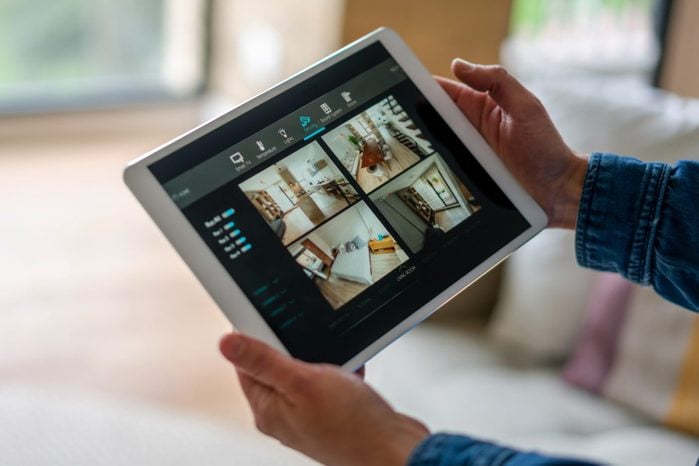
Third-party companies can access footage
There is another issue with allowing the company’s cloud service to store your doorbell camera’s video recordings: “This footage is only as secure as these companies keep it, and there have been issues of inappropriate access,” Hamerstone says. He points to a case last year in which Amazon paid over $30 million in a lawsuit after allowing third-party contractors to download customers’ Ring doorbell videos without their permission.
What to do: Several doorbell cameras store their video footage locally (on either a micro SD card or their internal memory) instead of in the cloud. Check out brands like Netatmo or Lorex, which have high data-security ratings because they use local storage. By opting for devices from one of these brands, you will have more control over your data, how it is used and who can access it. You can also disable features like audio recording or facial recognition if they are not necessary for your specific needs.
More concerned about security than the actual doorbell function? If you live in an apartment or condo complex, we have recommendations for the best home-security systems for apartment dwellers.

The tech can be hacked
Like any tech device, doorbell cameras have security flaws that can leave you vulnerable to hackers. Camera companies often issue fixes when these flaws are found, but there is always the risk of unknown vulnerabilities that allow hackers to view your footage and access the camera and voice controls, according to Jeremy Snyder, CEO of the online security company FireTail.
Hackers with access to your doorbell camera can also snoop around your home network, which includes your Wi-Fi and every internet-connected device. Once criminals weasel their way into this system, they may be able to watch what other sites and services you’re connecting to, like online banking or shopping, Snyder says.
What to do: When you install your doorbell camera, make sure to take advantage of the security features that are provided. This includes setting your device to automatically install new software when it is released, which will fix any security flaws found in the device. Changing the doorbell camera’s default credentials, like the standard administrator password, as soon as you install the device will also make it harder for criminals to hack the system, Snyder says. Pro tip: Creating strong passwords can go a long way toward keeping your device and data secure.
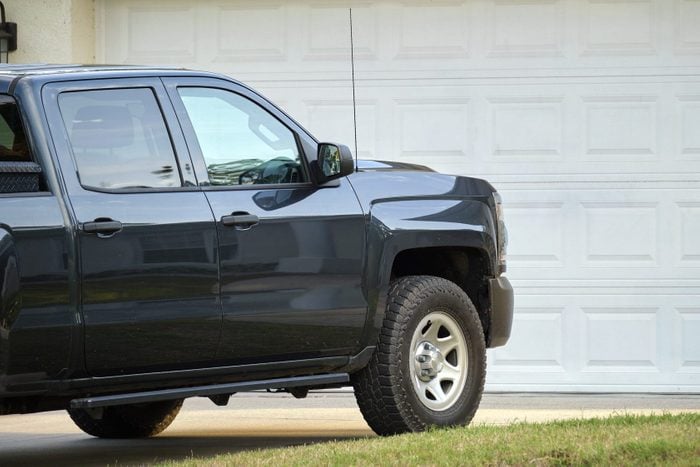
Your whereabouts will be monitored constantly
These days, we are already on camera almost everywhere we go, from banks to grocery stores to fast-food drive-throughs. “There are statistics about how often your face is caught on camera if you are walking around a city or town, and it is eye-opening,” Hamerstone says. “If you are out and about, in stores, etc., your face ends up in countless places.”
That’s unsettling, but you may be recorded closer to home too. Hamerstone notes the privacy issues with having a doorbell camera installed as part of our neighbors’ home-security systems. If a doorbell camera is aimed at a house across the street, for example, neighbors can see when the residents come and go—and someone may not want their neighbors knowing every time they leave home.
What to do: Users with privacy concerns should familiarize themselves with local privacy laws and the regulations in their area. Several states have laws requiring surveillance devices like doorbell cameras to be in plain sight and calling for the consent of individuals who would be recorded.
Transparency and open communication can go a long way too. If you feel uncomfortable because a neighbor’s doorbell camera is aimed at your house, try communicating your concerns with your neighbors and finding a solution together. Doorbell camera owners should adjust the camera’s field of view to minimize intrusion into private locations outside of their property and follow local regulations, Hamerstone says.

Certain features cost extra
Your budget can be an important factor to consider before bringing home a doorbell camera, especially if you’re not interested in a monthly subscription for additional cloud storage. With some doorbell cameras, such as Amazon’s Ring camera and the Google Nest Cam Indoor, you may have to pay for additional features, like 24/7 video history and expanded storage. These subscription fees and storage costs can add up to a whopping $200 each year—and that’s on top of the original price of the camera.
That said, Hamerstone feels that doorbell cameras are among the top products that will improve your life, which makes them worth the investment. “Knowing when a package arrives or when the mail gets here is helpful to me,” he says. “It is nice to be able to see when someone is at the door to sell something, and I can use the microphone to tell them I am not interested rather than have to stop what I am doing and go to the door.”
What to do: For shoppers on a budget, consider opting for cameras from brands that offer free or affordable cloud-storage plans, such as Cree, Netatmo or Lorex. You should also prioritize essential features that align with your security needs rather than going for the most expensive options.
If you’re in the market for a new security camera, find out if one of the best-reviewed home-security cameras fits your budget. You can also check out alternative budget-friendly security solutions, like stand-alone motion-sensor lights or video doorbells without full camera capabilities.
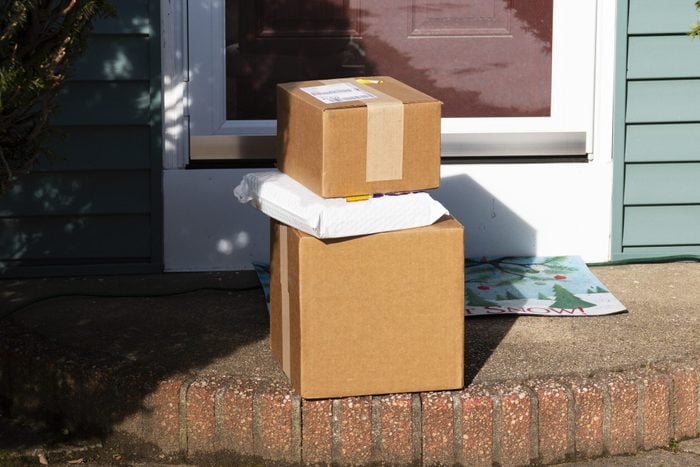
It may not prevent crime
While doorbell cameras are touted as crime-fighting tools, research has shown that they may not be as effective as advertised. An analysis of the data published in MIT Technology Review found that the decrease in crime reported by Amazon after its Ring cameras were installed in a Los Angeles neighborhood was not as large as the company claimed. The results didn’t seem to last, either; crime increased in one community the year after seeing purported Ring-related dips.
Translation? They may not be the worst home-security systems, but doorbell cameras don’t necessarily guarantee that your packages won’t get stolen or your car won’t get broken into.
What to do: While doorbell cameras can alert you when something is happening, your reaction will help determine if a crime is prevented in the future, according to Hamerstone. “If you see someone on your porch stealing a package and don’t call the police, it isn’t going to prevent [future] crime,” he says. Those porch pirates could still take your package—or the camera itself—so you are responsible for taking action if you experience a robbery or package theft. The good news? By reporting the crime, you can at least help catch the thief, prevent the crime from happening again and hopefully deter other criminals.

You might be more anxious
Receiving smartphone notifications from your doorbell camera can provide peace of mind when you are out of town. But you also might find yourself anxiously checking it every time you leave the house and your phone notifies you that the camera has detected motion—even if it’s just a squirrel or a tree blowing in the wind.
Hamerstone acknowledges that notifications from doorbell cameras may put people in a constant state of alert if they receive pings on their phones every time a bird flies by their door. “On a personal level, with Amazon overnight delivery, the alerts generated by my cameras when there is a delivery vehicle in my driveway at 3:30 a.m. are not great for my nerves,” he says.
What to do: Learning where to install security cameras and adjusting their motion security settings can help you minimize the likelihood of false alarms without compromising safety. Hamerstone recommends positioning your camera to pick up motion only at your door, lowering the sensitivity of the camera, and selecting specific parts of the camera’s field of view to generate alerts.
You can also set notifications to be active only at certain times of day to decrease the number of alerts, Hamerstone says. If your kids play in the front yard during the day, for example, you can turn off notifications during that time. Additionally, check to see if your camera offers advanced features like intelligent object recognition or human detection, which can filter out false alerts and focus on capturing relevant activity.
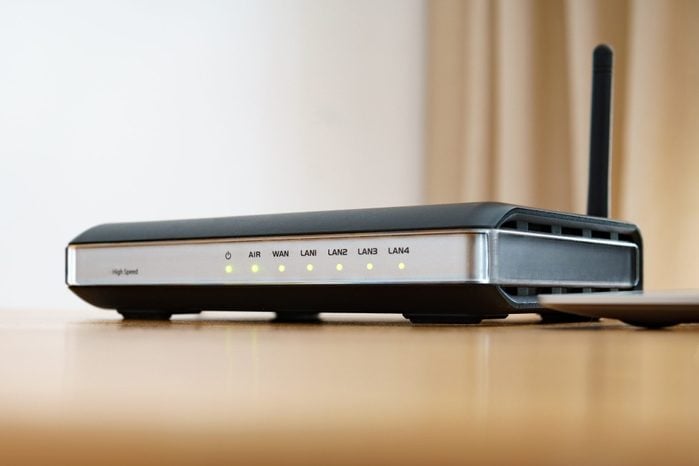
It could slow down your Wi-Fi
Do you find yourself constantly asking “Why is my internet so slow?” Turns out, your doorbell camera might be to blame. As it streams video footage using your Wi-Fi router, the camera is sucking up precious bandwidth from other internet-connected devices in your home.
And the problem could get worse if you have more than one smart device on your home network. The more smart home devices that are connected to your Wi-Fi network, the more bandwidth they use up to stream video and perform other functions, which ultimately slows down your internet speed.
What to do: Hamerstone believes that most users these days have plenty of internet and Wi-Fi capacity to handle streaming video from doorbell cameras, so the devices are unlikely to have any noticeable effect. But if you don’t have high-speed internet or think your doorbell camera is the culprit behind your slow internet speed, he recommends checking to make sure your Wi-Fi’s upload and download speeds are at two megabits per second (Mbps) or more, which is what doorbell cameras need to perform well. You can also try removing smart devices and any other internet-connected devices you don’t use regularly from your Wi-Fi network.
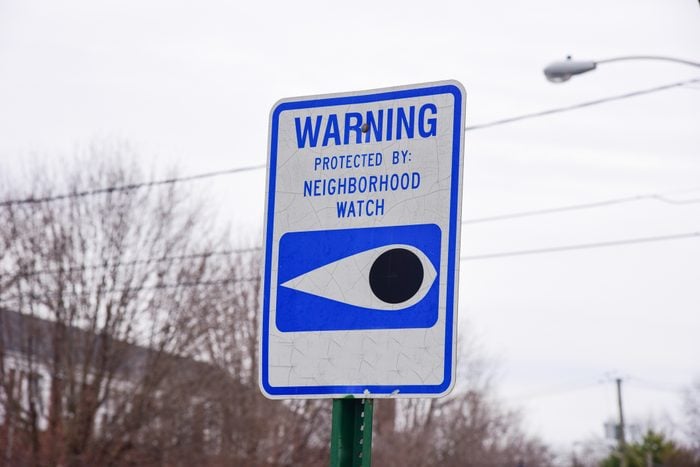
Your face could be added to a neighborhood watch list
Facial recognition has been used by doorbell cameras for years, helping the devices organize and group photos of the same person together like our phones do. That way, the camera can recognize when the homeowner or a known person is at the door rather than a stranger.
Applying facial recognition to neighborhood watch lists would take this a step further, allowing neighbors to compile the footage they gather from their doorbell cameras and tag people they consider to be suspicious. For example, if someone is going door to door with a scam, a neighbor could share their footage, and other people’s cameras could recognize that person if they’re at the door. This can also help neighbors share any creepy things caught on security cameras and protect the neighborhood from criminals.
But there’s a downside to this seemingly helpful security measure. “There are clearly a lot of issues with [using facial recognition technology for watch lists], as bias can come into play as far as how people identify who they consider ‘suspicious,'” Hamerstone notes. What’s more, users might be (rightfully!) wary about adding images of their face to yet another database.
What to do: Since official neighborhood watch lists have not been widely implemented, there is not much you can do quite yet, Hamerstone says. He suggests getting involved with local advocacy groups and lobbying for privacy laws and regulations that address issues with doorbell cameras—including watch lists.
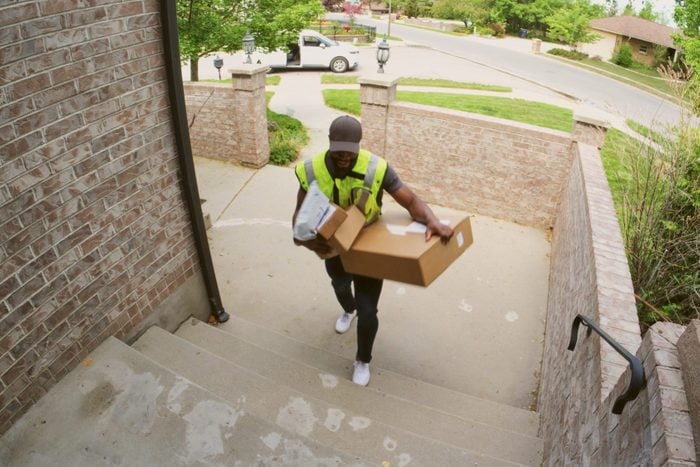
Its field of view is limited
Another downside to doorbell cameras: The range of space that they can cover is limited, which can create blind spots around your home. If you notice signs that a burglar is watching your house, it’s likely that they are scouting out the areas where your security cameras don’t reach.
What to do: If you’re worried about blind spots, try to strategically position your doorbell camera for maximum coverage while still maintaining a clear view of the doorstep. Consider purchasing additional cameras to cover blind spots or areas of interest, such as side entrances or driveways. That way, you can ensure comprehensive surveillance without compromising on important angles.
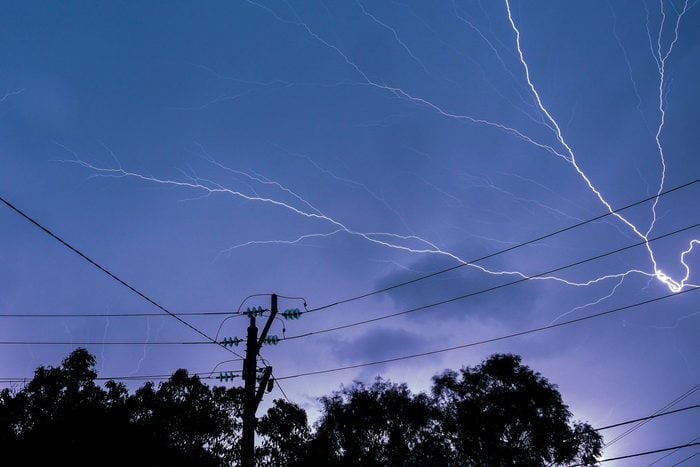
It could be unreliable
Most doorbell cameras rely on an active internet connection, which can be a challenge in areas with spotty Wi-Fi or during power outages. If you lose power during a storm and your Wi-Fi is down, for example, your doorbell camera will stop gathering surveillance footage and sending alerts, making it the perfect time for burglars and other criminals to swipe your stuff.
What to do: Position your Wi-Fi router in a place in your home that allows for optimum reach, and consider upgrading to a more robust and reliable connection if needed. To minimize interruptions even during power outages, it could be worth investing in a battery backup system for your internet or a doorbell camera with built-in battery backup, which is how FBI agents protect their homes too.
About the experts
- Alex Hamerstone is a director at the cybersecurity firm TrustedSec. He has more than a decade of experience in information security consulting.
- Jeremy Snyder is the founder and CEO of the online security company FireTail. He’s an IT and cybersecurity practitioner with more than 10 years of experience.
Sources:
- Consumer Reports: “What to Do If the Police Ask for Your Security Camera or Video Doorbell Recordings”
- MIT Technology Review: “Video doorbell firm Ring says its devices slash crime—but the evidence looks flimsy”
